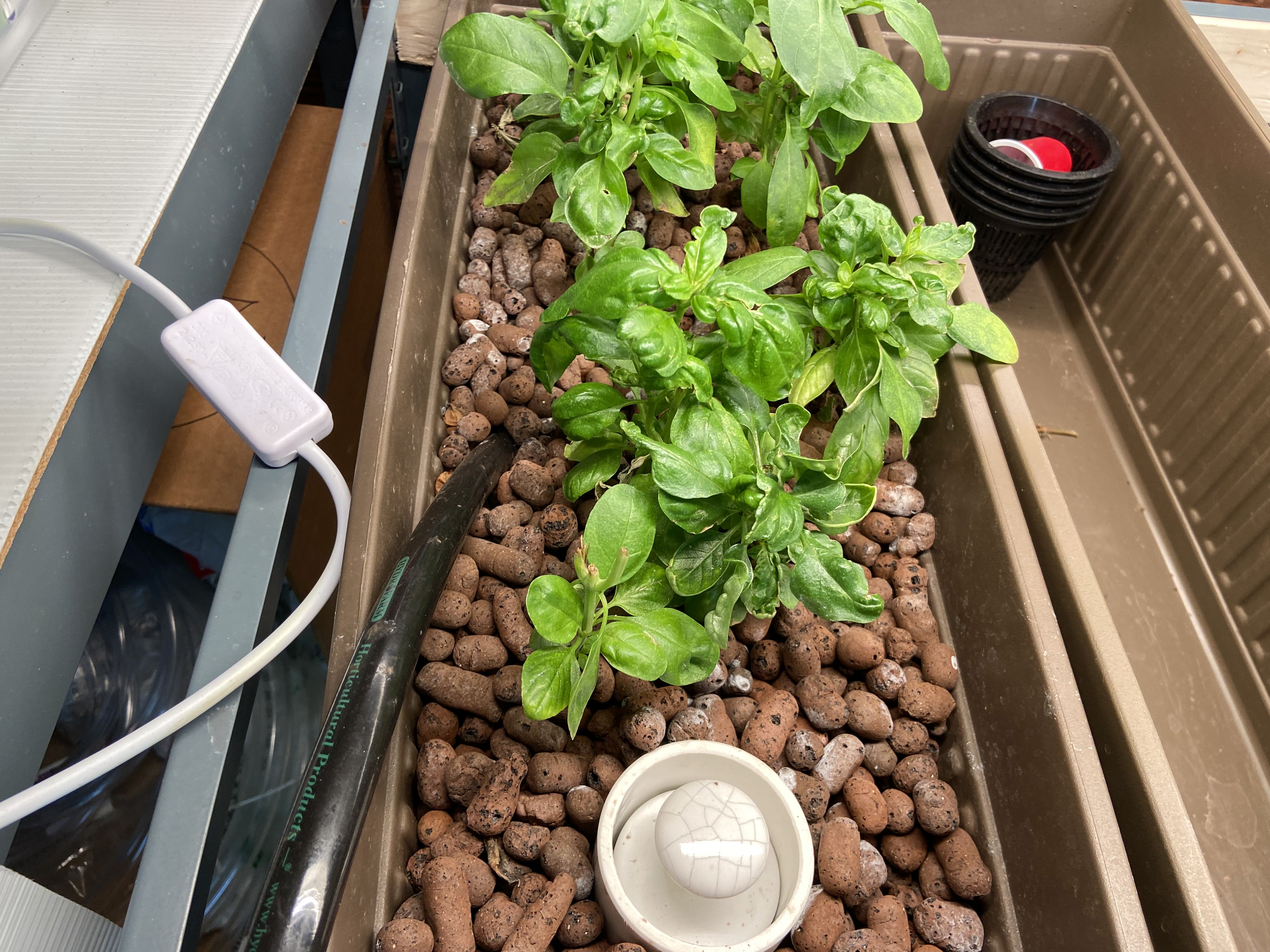The Power of Systems Thinking in Indoor Farming: The Case of Basil

Indoor farming is a rapidly growing field that combines technology, innovation, and sustainable agriculture practices. As the demand for fresh, high-quality produce increases, farmers are turning to indoor farming to provide year-round access to crops, reduce the need for pesticides and herbicides, and increase food security.
Herbs are particularly well-suited for indoor farming, with basil being one of the most popular and versatile herbs. It is used in cuisines around the world and has a host of health benefits, including anti-inflammatory and antibacterial properties.
However, producing high-quality basil in an indoor farming environment requires a systems thinking approach. Indoor farming involves a complex interplay of physical and biological processes, including lighting, temperature, humidity, nutrient management, and pest control.
To optimize the growth and quality of basil, indoor farmers must consider the entire system, from the quality of the soilless growing medium to the nutrient solution used to feed the plants. They must also use data analysis to monitor the health and growth of the plants, adjusting the system as needed to maximize yield and quality.
Modern indoor farming technology provides a range of tools to support systems thinking in herb farming. Sensors and data analytics can monitor the growth and health of the plants, optimizing the environment for maximum productivity. Automated systems can control lighting, temperature, and humidity, providing consistent conditions for the plants to thrive.
By promoting STEM education in indoor farming, we can empower a new generation of farmers to think systematically about plant growth and health. This will not only improve the quality of herbs like basil, but also contribute to a more sustainable and secure food system for all.

